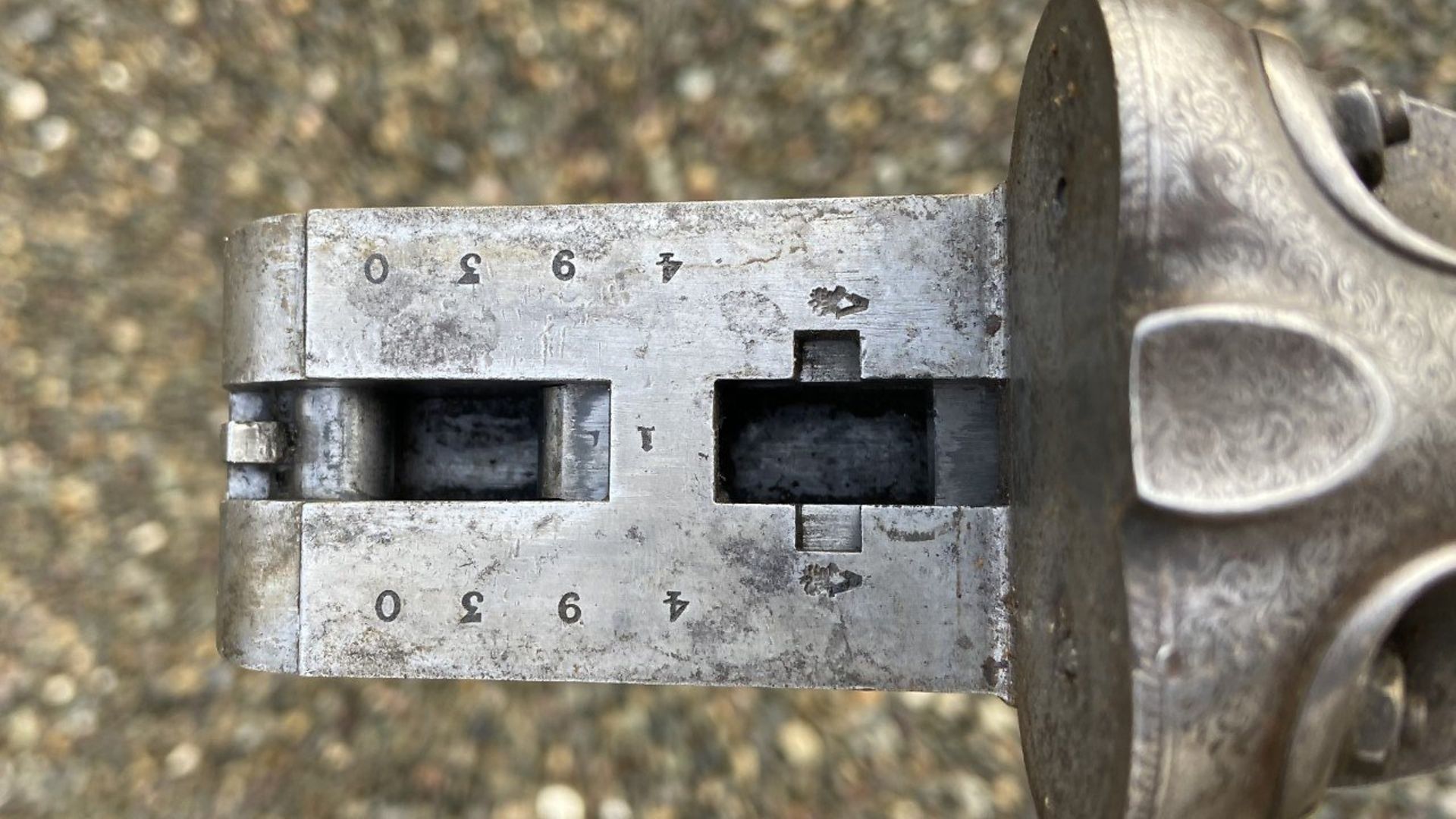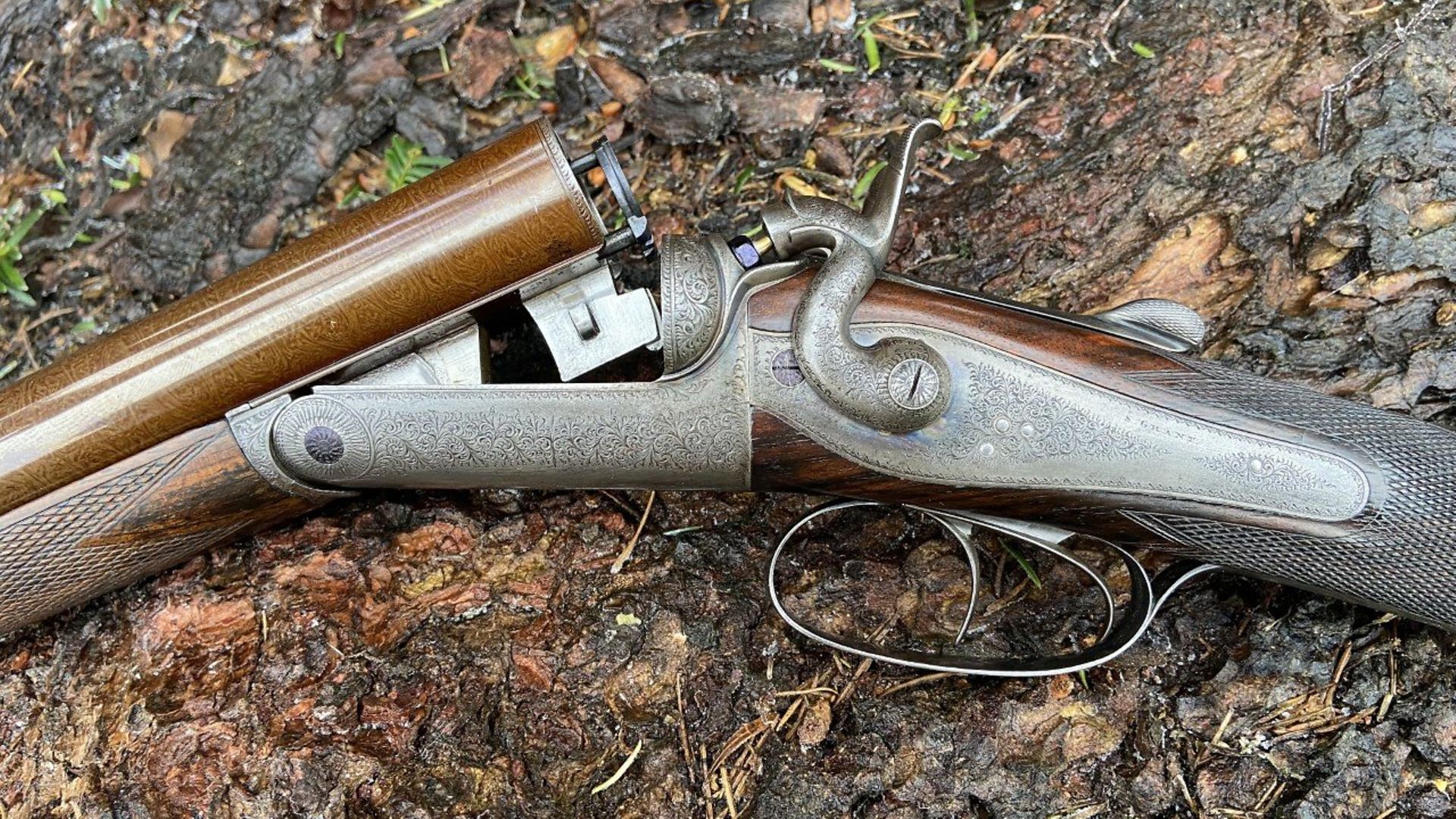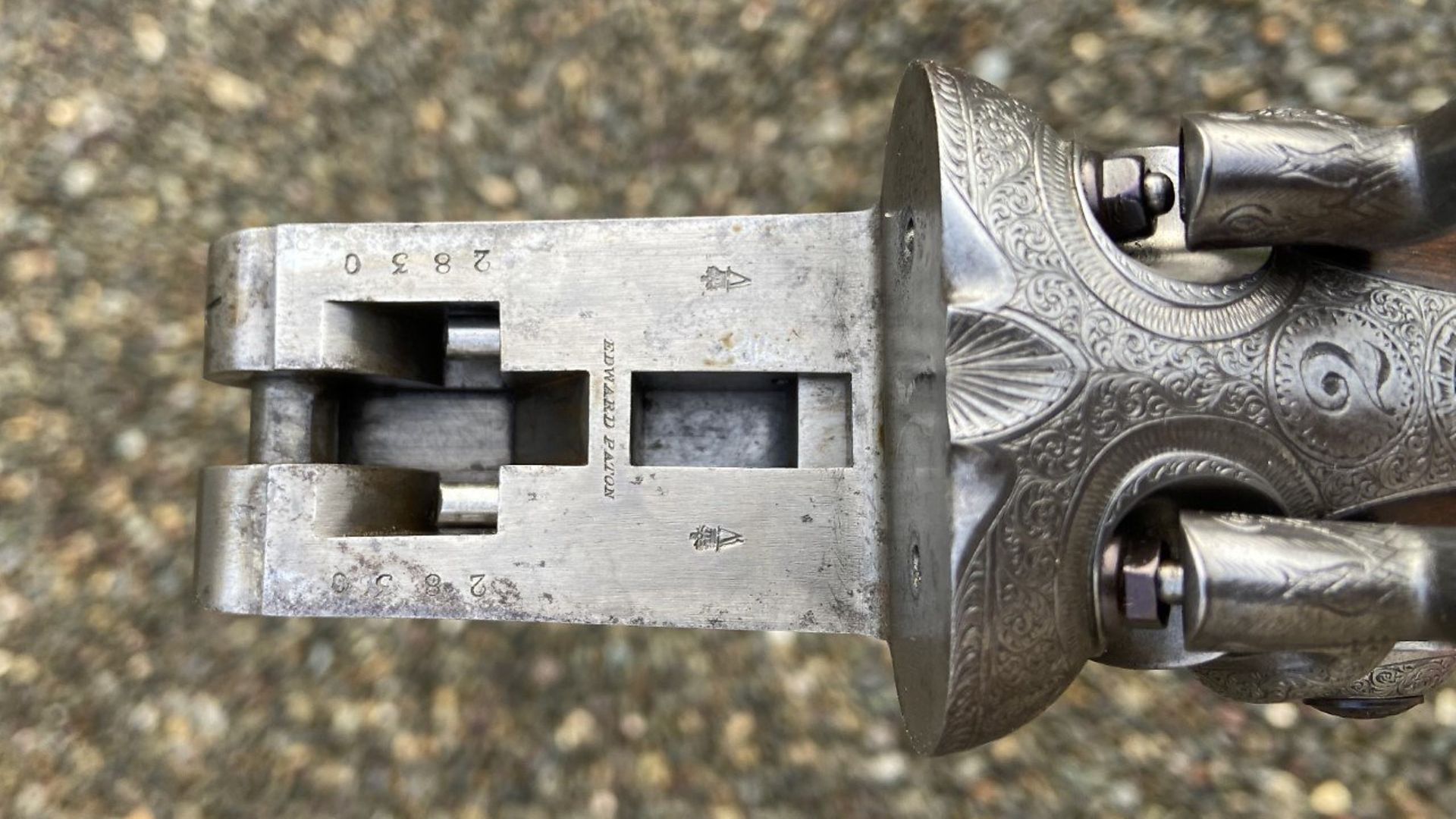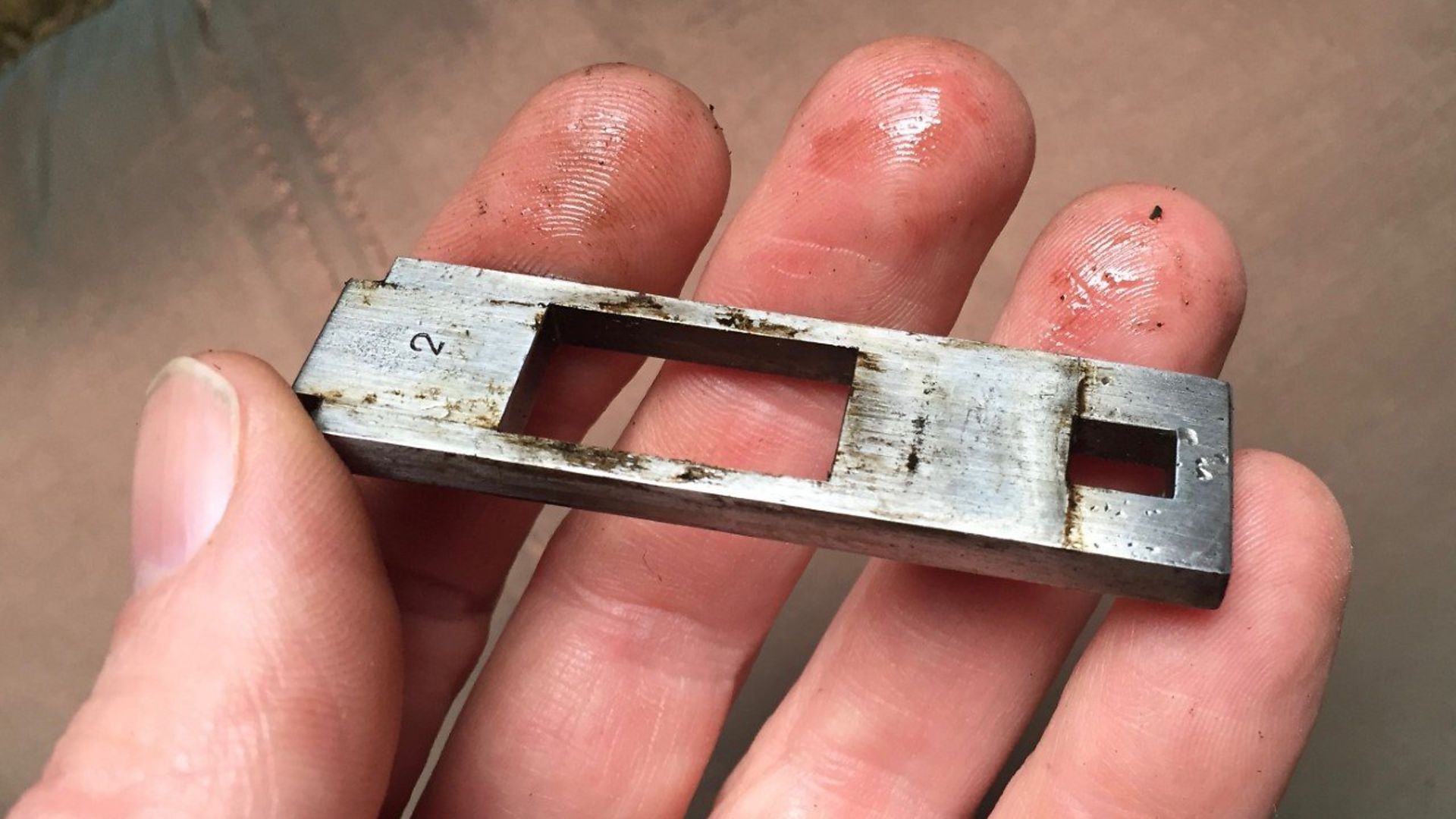Diggory Hadoke looks at Stephen Grant and the lesser known Emme and Hodges, and pays tribute to the innovations that form the basis of the hammer guns that we still use today
 credit: Diggory Hadoke
credit: Diggory Hadoke
Every sporting gun aficionado knows the name of Stephen Grant, the Irishman plying his trade in London during the mid-to-late 19th century, as a Best gunmaker. Grant founded his firm after leaving the role of manager for Boss & Co. and, like a handful of others from the period, it survives to this day.
Serious Grant collectors will know the name of Edwin Charles Hodges, with whom Grant had a strong working relationship. Hodges designed and built a large proportion of Grant’s most famous guns in his Islington workshops.
John Emme should be better known than he is. In his day, he was as fine a gunmaker and clever a patent filer as many others who are much more renowned today.
This month, we shall examine the three names mentioned above and look at some guns which link them and represent their activities during the last quarter of the 19th century.
 credit: Diggory Hadoke
credit: Diggory Hadoke
E.C. Hodges
Stephen Grant’s best-known hammer guns are those built by Hodges on his own patent (No.251 of 1871). Many of these guns are engraved on the side of the action ‘Stephen Grant’s Patent’, though ‘Grant & Hodges Patent’ is also often stamped in very small letters on the action face or flats.
The Hodges bolting system involves two lateral projections on the rear lump. A pair of sliding rods emerge from the action face when the gun is snapped shut, sliding over these and preventing the barrels from falling. A third grip is provided by a single bolt engaging with a bite in the rear lump.
The actual application of this design developed over the years. I have an early (1874) version, operated by a top-lever, which has relatively crude, rounded projections and a bite in the rear lump, engaged by a bolt emerging from the action face. The front lump also has lateral projections, which sink into the bar in a circle-joint but these are not bolted.
A later side-lever gun (1881) to all intents and purposes has a Purdey sliding bolt; engaging bites in both front and rear lumps, as well as holding down the lateral projections on the rear lump by means of a cut-out section mid-way.
I have another side-lever Grant gun made in late 1882 that dispenses entirely with the lateral projections and uses just a Purdey double under-bolt.
 credit: Diggory Hadoke
credit: Diggory Hadoke
John Emme
John Emme (a London-based action-maker by trade) and James Woodward patented a very similar plan to Hodges, just a few months later (No. 267 of 1872).
As with the Grant & Hodges patent, it is almost certain that Emme was the designer, as was Hodges in the former case, but Grant and Woodward sponsored and paid for their respective patent protections and entered into an exclusive (or possibly restricted) use arrangement regarding the use of it.
Emme’s patent was basically the same as the Hodges except the lateral projections are on the front lump, not the rear lump and the third bolt acts on the rear lump. It appears on hammer guns by Woodward and some others (the one illustrated is by Edward Paton).
The Emme patent gun shows the bolting projections to be rounded in section and relatively flimsy. John Emme’s name (like Hodges) rarely appears on the locks or rib of a gun. His guns, made in his workshops while trading from 50 New Compton Street, Soho, mostly carry the name of the people for whom he made them. However, I have a rare example of one that does. It also features another of his patents (No. 1460 of 1865) for an extractor mechanism.
 credit: Diggory Hadoke
credit: Diggory Hadoke
The Purdey bolt
The Purdey bolt was patented in 1865. Patent protection lasted for a maximum of 17 years for patents taken out between 1861 and 1994. That means 1882 was the year by which all protection (and therefore royalty payments to Purdey) ceased when it was used by another gunmaker. It seems that Grant, like Woodward and most others, abandoned his own system in favour of the Purdey as soon as he no longer had to pay for it.
These intertwined names shine some light upon the relationships between gunmakers, gun retailers, gunmakers to the trade and those heading-up prestigious shops in the West End of London.
They were all reliant on one another and were busy forming alliances and planning ways around restrictive patent protections, whilst endeavouring to offer ever-better guns to the sporting public.